One of the benefits of being a Linux user is that you’re essentially swimming in options of many distros to choose from. In my many years of being a Linux user, I have tried many distros, including Cylon Linux, Ubuntu, Manjaro, Deepin, Zorin OS, Feren OS, CloudReady, Hanna Montanna Linux (lol), KDE neon, Fedora, Peppermint, Bodhi, and more.
Today’s topic of comparison will be between Deepin and Elementary OS. Happy reading!
Quick Comparison of Deepin Linux and Elementary OS
Deepin Linux   | Elementary OS   |
|
|---|---|---|
| Desktop Environment | DDE (Deepin Desktop Environment). | Pantheon. |
| Package Manager | dpkg, apt | Synaptic Package Manager |
| File Manager | Deepin Files | Pantheon Files |
| Kernels | 5.4 (LTS), 5.7 (Stable). | 5.0 |
| System Updates | Seldom (I only ever updated it once in 5 months and counting). | More frequent (at least once a week or bi-weekly). |
| Popularity | Not as widely used for folks who are privacy-oriented because of trust issues, what with it originating from China. DistroWatch Ranking: 15. Recommended for use as a daily driver: Yes. | Widely used and gaining popularity. DistroWatch ranking: 7. Recommend for use as a daily driver: not in my experience, no. |
| Stability | Never ran into system crashes, lags, freezing, etc. Even in heavy usage under only 7.7 gb of RAM, works like a charm. | It’s more stable with the simpler tasks. It begins to crash, lag, and the Pantheon panel often freezes and restarts with the more software I use. Same specs as under Deepin. |
| Ease of Use | Relatively easy, but there are a lot of Settings and options to learn and go through. | Very easy, everything’s pretty much in the Menu bar that you’d ever need, no additional or hidden menus or Settings. |
| Pros and Cons in General | The development team is not as interactive and social, so we don’t know much about their roadmap or plans. Seemingly, it’s kept up and very stable, but the user base is not as vocal. The good part is that it’s one of the most stable and feature-rich distros, especially for modern hardware. | It’s very minimalistic and functional for what it offers. Team is very active and communicative on social media. It’s aesthetically pleasing. Its user-base is larger and more vocal, but beyond its simplicity isn’t great for a lot of use-cases and a majority of the hardware I have used. |
1. Let’s Start With Deepin
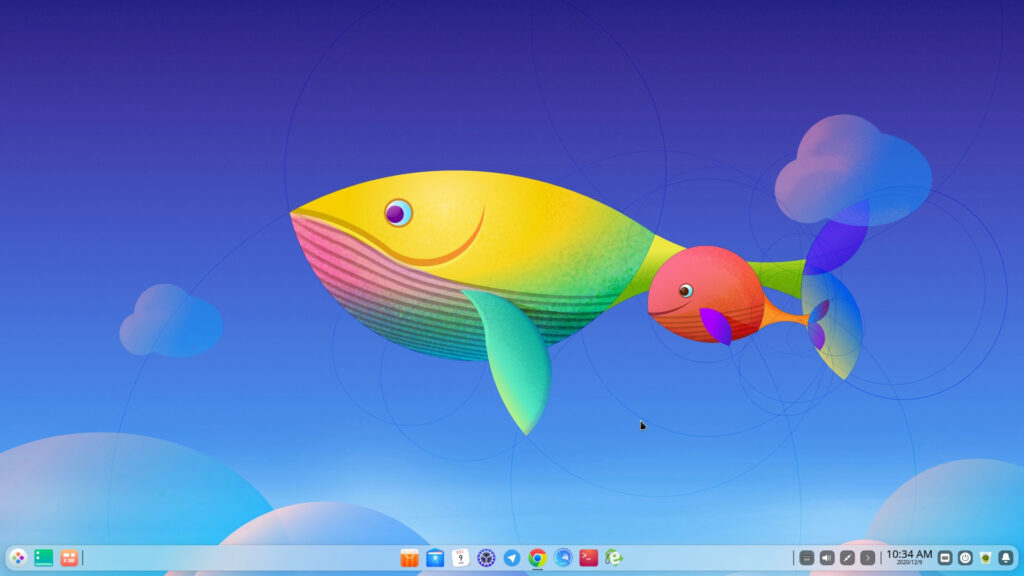

Deepin OS is the most beautiful Linux distribution I’ve ever used without a doubt. It’s unique in its build because it’s not just a copy or iteration of another desktop environment. The Deepin Desktop Environment is completely unique and is the first to make use of HTML 5 technology, which makes it super fast, lightweight, and in my opinion, more elegant than many others.


Deepin 20, the latest version, comes with Kernel 5.4 (for its LTS release), and 5.7 (for its Stable release). This means that either way, you get the best available support for newer hardware and graphics drivers.
It’s not just unique in its DE, though. Deepin comes with its own set of curated software. Deepin Movie, Deepin Music, Deepin Calendar, Deepin Files, and the Deepin App Store. This means you’re not just using a distro where the devs just copy and paste another distro’s work and apply a new coat of paint to it, essentially. Actual work goes into making this beautiful piece of art, and I’ve never been happier with an OS.
Deepin OS, to me, is basically a modern and more functional twist on Microsoft’s Windows 7 and 10, giving the whole system a familiar feel, but making it by far more pleasant to use. You have limitless customization options, and everything on your system, the apps, and settings blends well into the Deepin ecosystem. Also, it supports biometric unlock, whereas other distros seem like they are still in 1950, where such functionality is not supported and doesn’t work well.
Bold Statement: Deepin is Linux for the modern world.
2. Let’s Talk About Elementary OS
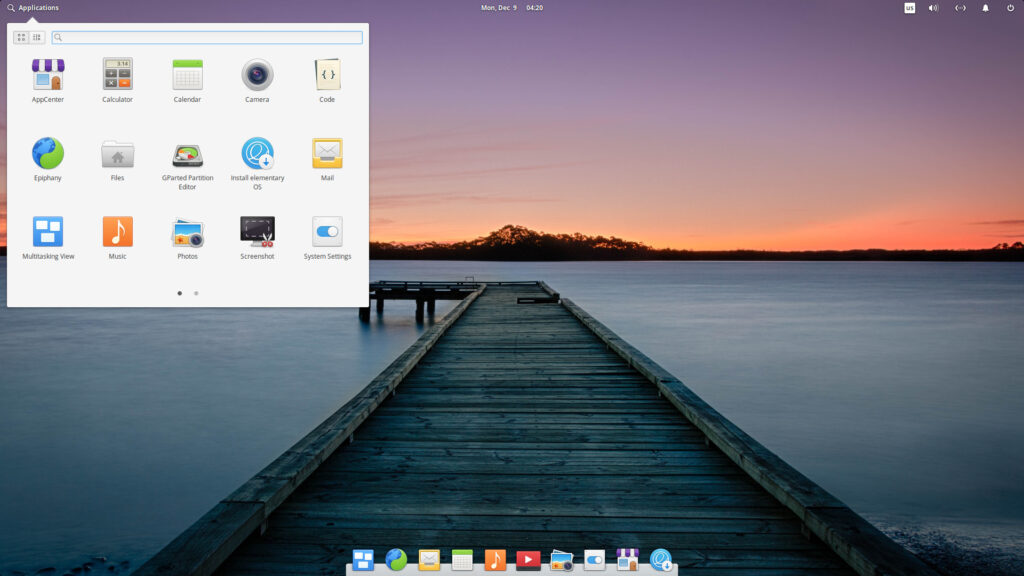

If you’re a Mac user, then Elementary OS is going to look familiar to you. It’s beautifully simple in its design, giving you just enough customization options without flooding you with them. This is done intentionally, as the OS is meant to be used “as is”, like a Mac. You’re meant to bask in its beauty and make use of its minimalism so that you can just focus on your tasks at hand instead of fiddling with endless eye-candy tweaks.
In my year of using Elementary, I found that I quickly saw myself as a consumer, which in theory, doesn’t sound bad. You just use the tool you’re given without truly making it your own. In the end, I missed being a creator of sorts, making my OS reflect my character and taste with all the power of customization and tweaks available in other distros, like Cylon Linux, Deepin, Zorin, etc. Elementary began to feel too minimal for me, and Pantheon (the DE) crashed increasingly, the longer my desktop remained on, and the more heavily I used my computer and ran different software. Its minimalism and stability, then, worked against it, not for it. It’s not great at adapting to specific use-cases and hardware, and you’ll run into various amounts of bugs if your use-cases aren’t as simple as the OS is intended to be.
Under the surface, Elementary is just a modified version of Ubuntu with a fresh coat of paint, running on Pantheon instead of Gnome. It uses Kernel 5.0, which is older than Deepin’s used kernel versions, for example. There is an easy fix, though, in that you can just install Ukuu Kernel Update Utility and apply the latest kernel version to your system.
Elementary OS Helps Indie Devs Put Food On The Table
One of the most unique things about Elementary OS is that it introduces to us a new way to support developers without being left bankrupt. It’s a win-win situation. For example, let’s say that a developer creates a note-taking application that costs you $40. All you have to do is name your price. You can pay $0, $1, $2, $3, $5, $10, $12, etc. Anything you want. This way, at least the developer has a chance at making some money, even if it’s not their asking price.
Curated Apps Shine
Elementary OS also introduced to its users what is called “curated” apps. This means that the curated software you’re using has been officially reviewed by the developers of eOS, to fit design, security, and functionality principle, seamlessly blending into the operating system. It’s kind of like Apple and iOS. They care about quality, not necessarily quantity.
Elementary OS Cleans Your House
Elementary OS comes with Housekeeping, a tool that automatically deletes unwanted and residual system and program files that will inevitably slow your system down, creating a usability mess. It’s like taking out the trash in your own home. If you don’t do it often enough, it’ll be built up and stink up your entire space.
It’s not completely an original idea, though. Stacer gives you similar functionality on whatever distro you’d like to throw the software onto.
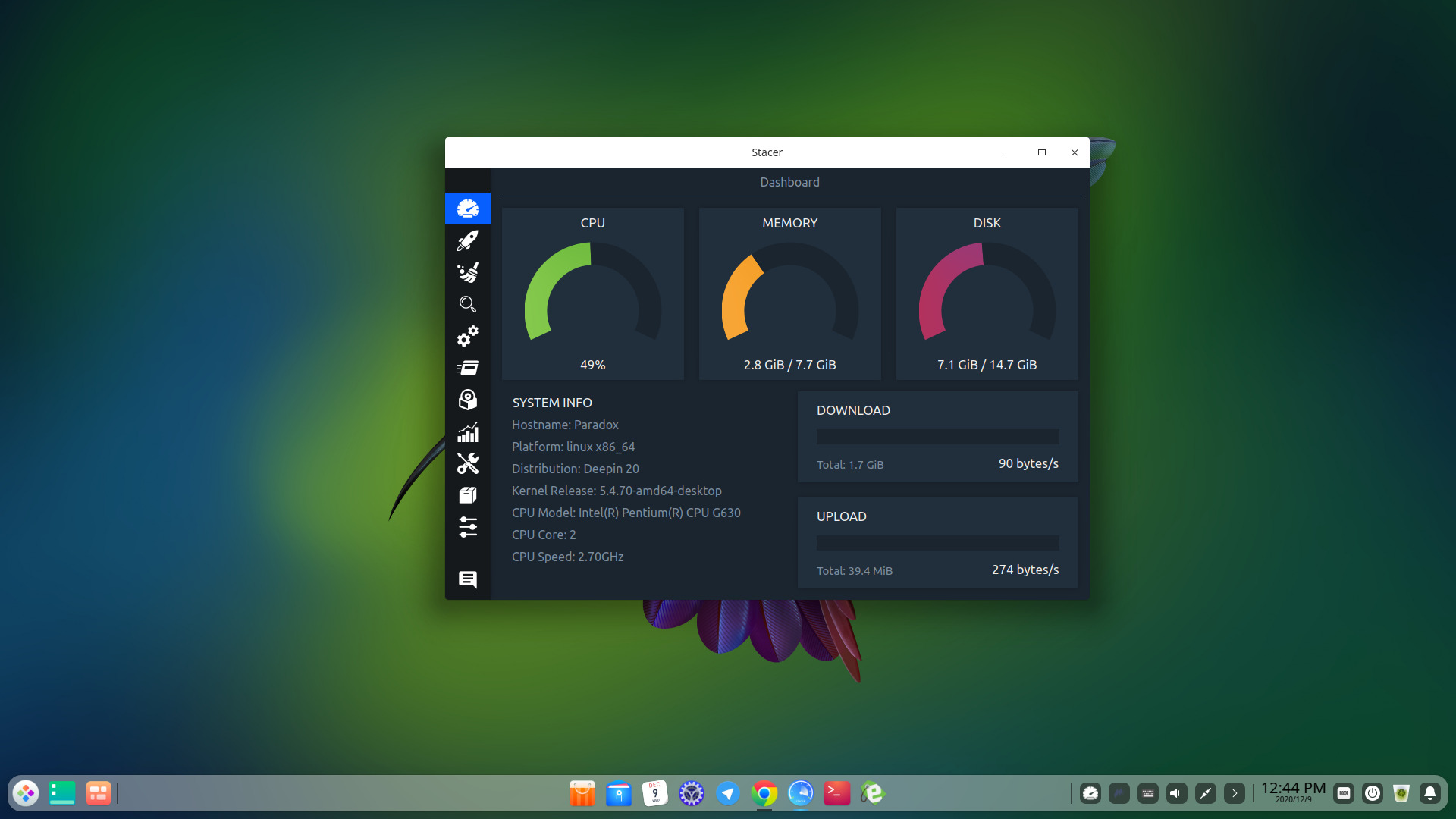

The software comes with:
- System Monitor.
- System Cleaner.
- System search (through all directories and paths).
- System Services Monitor: So you can see and modify running services.
- System Processes Monitor: To see all running processes.
- System Uninstaller: To uninstall system or other software packages.
- System Resources Monitor: To see resources in detail. CPU, Network, Read & Write data, etc.
Anyway, Elementary OS is a refined, tailored experience for people who want to have the best out-of-the-box experience without needing to install additional tweak-related programs.
Bold Statement: Elementary OS is Linux tailored to Mac users and those who prefer a functional yet minimal experience.
So, What Do You Choose Out of Deepin Linux and Elementary OS?
I think it really comes down to the type of user you are. If you’re okay with using a system “as is” with a minimal amount of tweak capability, then Elementary OS is for you. It’s functional and really gets the job done beautifully. If you’re a heavy computer user that uses a lot of different software (namely, for video editing, photo editing, gaming), then Deepin is your better half. You really dive into the OS and are a creator, not only a consumer. You make decisions that impact your workflow, not the other way around.

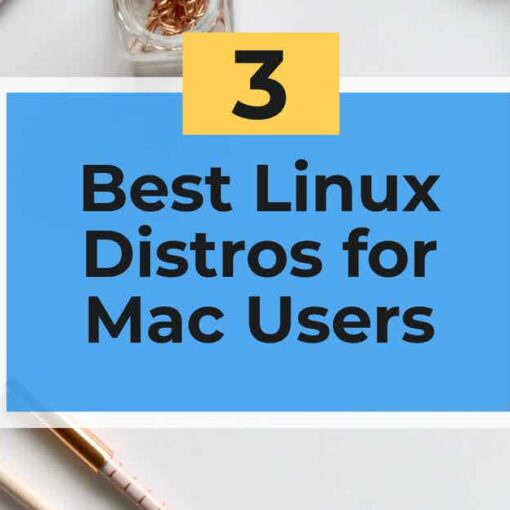
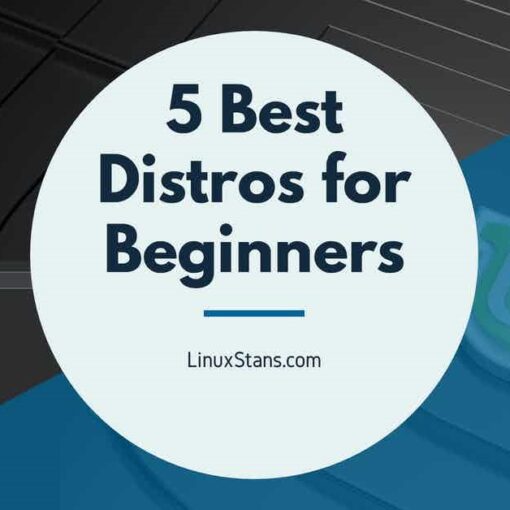
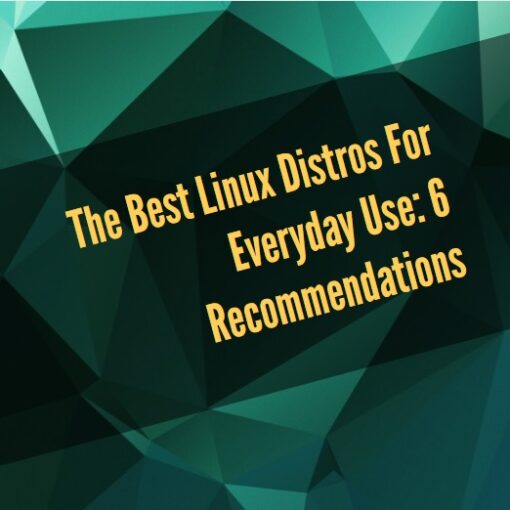

2 thoughts on “Deepin Linux vs. Elementary OS”
Hi,
I used deepin on manjaro about one year. But unfortunately it breaks twice together with an update of the ui. Therefore I roll back to gnome which is in meanwhile a very good and stable DE
I have tried both of them, and while they both are nice to look at?…and have some nice features?…they both have one glaring flaw. But before I go further let me give you the perspective; I’m a programmer / developer in-the-making, and while I like and can appreciate the efforts?…the one thing I need?…is the ability to customize certain features, as one-size-fits-all doesn’t work for everyone…and the way I need my terminal to look? is unattainable with either of these distros. I have tried to increase the “weight” of the fonts, (from standard to “Bold”) I have tried to change the font, but the options aren’t there, and thus, it renders both these distros un-usable. AS a developer, I need to be able to see the things I’m typing,..and being one who uses the Terminal and IDE’s extensively, I can’t “switch” between a standard, bold font and then these without causing damage to my eyes. So for me…I’ out. But still I applaud their efforts..they’re both solid offerings for those who aren’t worried aout the issues I just stated…